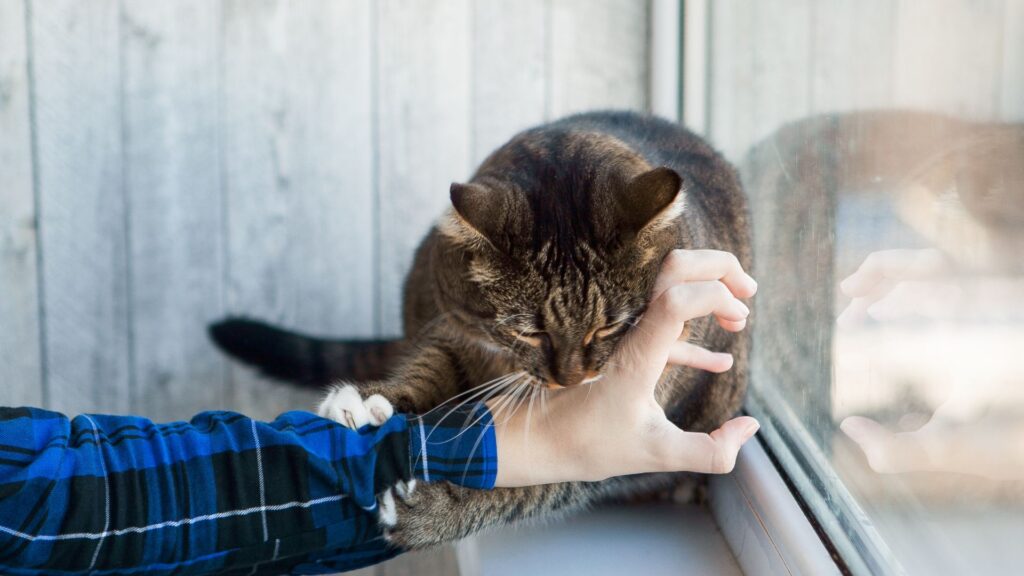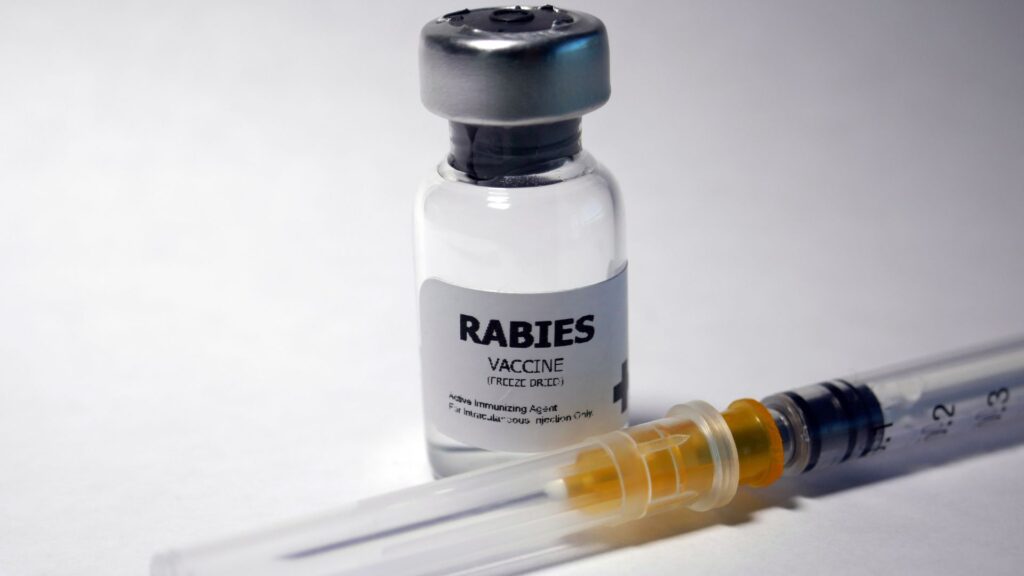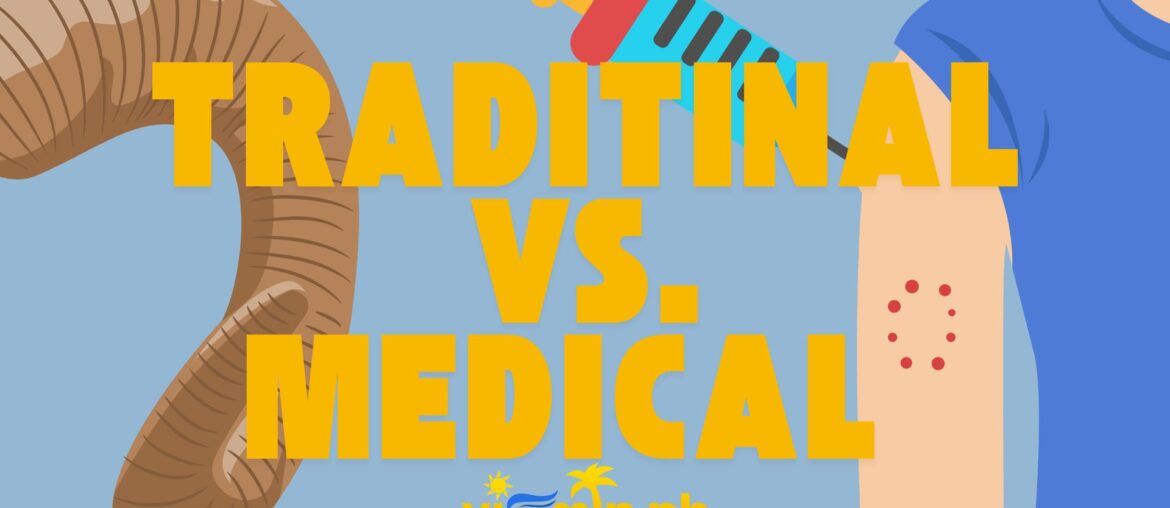Is it the comfort of tradition or the cure of science that wins the fight against rabies?

Rabies remains one of the deadliest diseases, with a nearly 100% fatality rate once symptoms appear. In rural communities, traditional practices such as tandok (a local healing method involving suction) are still used as first-line treatments for dog bites. However, modern medicine offers proven, life-saving solutions through vaccination and post-exposure prophylaxis (PEP). The clash between tradition and science raises an important question: How can we respect cultural beliefs while ensuring the best medical care?
Silent But Deadly
Rabies is a viral disease transmitted through the saliva of infected animals, most commonly dogs. Without immediate medical intervention, it is almost always fatal. Despite scientific advancements, scientists and doctors have continued to improve. However, many people in remote areas continue to rely on traditional healers due to limited access to healthcare, cultural beliefs, or a distrust of modern medicine. Practices like tandok, where a healer uses a horn or cup to suction the wound, are believed to “remove poison,” but this method does not prevent the spread of the rabies virus.

Healing Through Horns
For generations, traditional healers have played a vital role in communities, offering accessible and culturally accepted care. Tandok and herbal remedies are deeply rooted in local practices, often regarded as spiritual or holistic forms of healing. Many families turn to these methods first, believing they can draw out toxins. However, while these practices may provide psychological comfort, they do not address the rabies virus, delaying critical medical treatment.

Fighting With Facts
Modern rabies treatment adheres to strict scientific protocols, which include thorough wound cleaning, rabies vaccination, and, if necessary, the administration of rabies immunoglobulin (RIG). Post-exposure prophylaxis (PEP) is highly effective when administered promptly after exposure to the infectious agent. Unlike traditional methods, PEP prevents the virus from reaching the nervous system, saving lives. Public health efforts focus on increasing vaccine access, educating communities, and promoting responsible pet vaccination to eliminate rabies at its source.

Healing Traditions Meet Medical Truth
Respecting cultural traditions is important, but when it comes to rabies, science must prevail. Integrating education with traditional healing can bridge the gap in training healers to recognize rabies risks and refer patients immediately for PEP while still providing supportive care. Community awareness campaigns should emphasize that traditional methods alone cannot cure rabies, but modern medicine can provide effective treatment. Collaboration between healthcare workers and local leaders is key to saving lives while respecting cultural values.

Rabies is a race against time, and only science offers a proven cure. While traditional healing has its place in culture and comfort, it should never replace urgent medical treatment. By combining respect for tradition with the urgency of modern medicine, we can protect communities from this deadly disease. The best approach is to maintain clear trust in vaccines, act quickly, and ensure that no life is lost to preventable rabies.



Comments are closed.